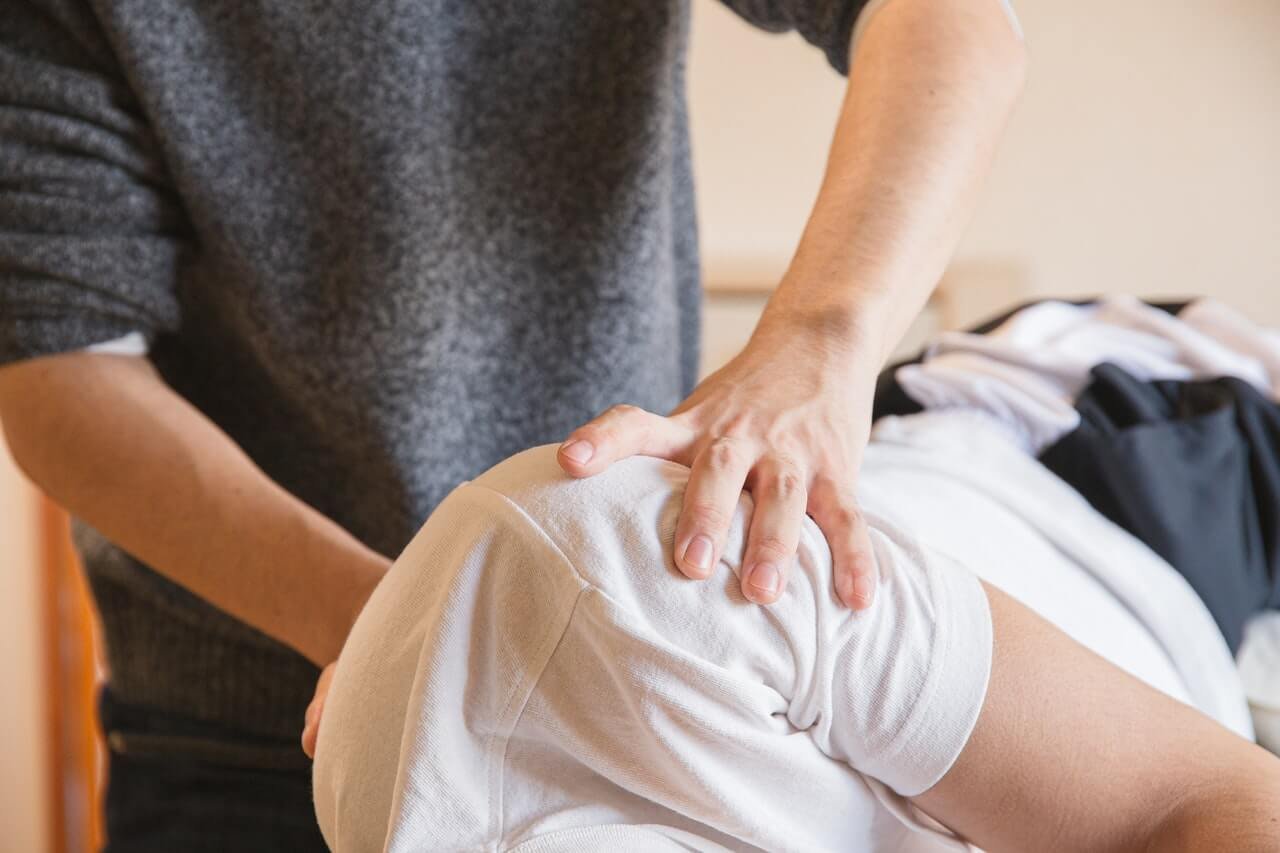Does your shoulder hurt? This pain can be recurring or permanent, depending on your condition. In the case of a torn ligament, the symptoms correspond with the severity of the injury. The same goes for the treatment options after diagnosis.
Individuals are at risk of shoulder injuries from falling, especially the elderly. Such tears can be treated with anti-inflammatory medications, exercises, and surgery.
The information below will help you learn everything about it.
Shoulder anatomy
The shoulder is one of the largest joints in the human body. It consists of a ball and a socket, as well as three bones held together by muscles, tendons, and ligaments. These bones include the humerus, scapula, and clavicle. Since ligaments perform most of the job of holding this joint together, an injury occurs whenever they are torn or damaged.
Moreover, shoulder ligaments represent connective tissue bands whose job is to connect the three above-mentioned bones. The main bands include glenohumeral ligaments (GHL), coracoclavicular ligaments (CCL), coracoacromial ligaments (CAL), and the transverse humeral ligament (THL). For instance, GHL connect the upper arm bone to the shoulder blade, thus providing stability.
CCL take the role of connecting the clavicle to the scapula. CAL connect the acromion and coracoid within the blade. Finally, the job of THL is to keep the biceps in the right place. The function of all ligaments is to limit bone movement inside the joint, prevent shoulder dislocation, and provide stabilization.
Ligament tears
There are several causes of such tears, including direct trauma to the joint, repetitive overhead arm movements, and degenerative joint disease (osteoarthritis.) Click here to gain a better understanding of osteoarthritis. They are classified into three different categories, named grade 1, grade 2, and grade 3. Grade 1 tears are either microscopic or incredibly small, while grade 2 tears are more severe but partial. Conversely, grade 3 injuries are the most severe, as they refer to a complete tear.
Furthermore, these injuries affect the soft tissues in charge of providing the joint with stability and motion. Such injuries are mostly triggered by repeated use of the shoulder or an incident. For example, athletes playing sports like tennis, baseball, or weightlifting are likelier to suffer from a tear.
Some of the most common symptoms of shoulder ligament tears include pain, swelling, a distorted contour of the joint, intense pain when moving the arm, etc. Nevertheless, it’s worth remembering that small tears might not even be noticed, whereas large ones usually cause persistent, throbbing pain, which might be accompanied by arm paralysis.
Diagnosis
Shoulder ligament tear diagnosis can be conducted in different ways, such as by reviewing your history of symptoms or comparing the injured shoulder with the healthy one. Another common diagnosis method is performing a physical examination of the joint, which involves testing the motion range and its strength.
Sometimes, doctors decide to order an X-ray or an MRI (magnetic resonance imaging) scan. The former is ordered to identify potential bone abnormalities, while the latter is performed to detect soft tissue abnormalities. Follow this URL, https://medlineplus.gov/mriscans.html, to learn more about MRI scans.
Risk factors
Even though shoulder ligament tears can occur to anyone due to falling accidents or overstretching, there are several factors that boost the risk of such injuries. These risk factors include age, certain occupations, and smoking. The elderly are likelier to suffer from wear and tear because of the degeneration of their soft tissues. These degenerative disorders begin to appear around the age of forty, and the risk increases with age.
Certain occupations impose a higher risk of ligament tears because of repetitive shoulder exertion. Such exertion causes miniature tissue tears, which become worse over time. Athletes, painters, and construction workers are among the risk groups, which are most likely to get injured. Smoking is another risk factor due to the reduction of blood flow and oxygen to the soft tissues in the body. Consequently, smokers are more prone to injuries, and the healing process happens more slowly.
Treatment
As far as treatment is concerned, shoulder ligament tears are treated in accordance with the injury’s severity. In the event of grade 1 tears, patients are recommended to rest, apply ice, and use anti-inflammatory medicine to reduce pain and discomfort. Regarding grade 2 tears, the treatment remains the same, but a sling is usually worn by patients for three to four additional weeks. Mild to moderate tears usually require six to eight weeks of recovery, sometimes even twelve.
Nevertheless, severe injuries are generally treated with surgery, necessary for ligament reattachment. Arthroscopic surgery is performed in most cases due to its reduced invasiveness when compared to open surgery. The second type of surgical procedure is inevitable in cases where larger incisions are required. Once the surgery is completed, a period of rehabilitation is vital for regaining joint strength.
During rehabilitation, patients are supposed to perform certain exercises to recover faster. The doorway swing requires individuals to grab both sides of the doorway at the height of their shoulders, then lean forward till they feel a stretch. Your back should be straight, and the weight should be transferred to the toes.
High-to-low rows are another type of physical exercise as part of rehabilitation. You will need a resistance band to attach to a sturdy surface and make sure it’s secured properly. After you are done securing the band, get down on the knee that’s opposite the arm you’ve injured. You should hold the band and pull the elbow in the direction of your body.
Another exercise that involves a resistance band is the lawnmower pull. One end of the band should be placed under your foot, which is opposite to the injured arm. The other end should be held with the arm that hurts. Then, you should start imitating the movement of starting a lawnmower.
The bottom line
If you experience any pain, waste no time consulting a doctor.
A physical examination or X-ray will determine your condition!

